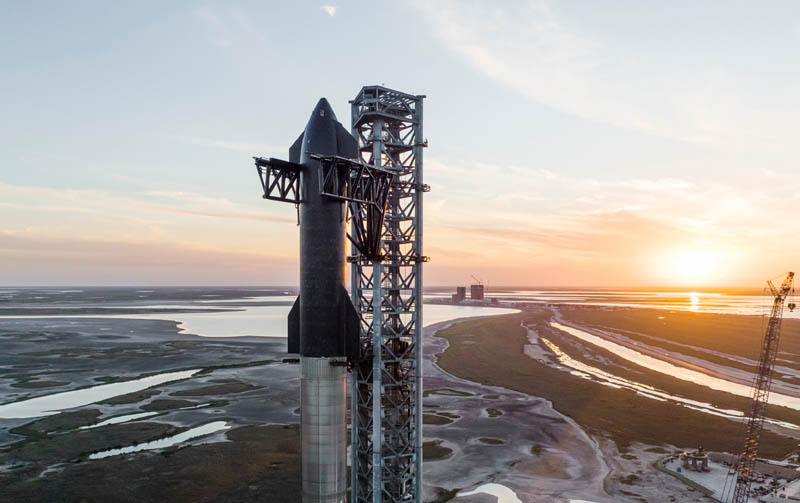SpaceX is steadily marching towards the orbital test flight 3 of its next-generation Starship rocket. Achieved two major milestones to ready the vehicle’s Super Heavy booster and upper stage.
On December 21, SpaceX test fired the engines, Flight 3 Starship completed a full-duration static fire with all six of its Raptor engines at its Texas facility. Today, static fire of Super Heavy’s 33 Raptor engines ahead of Flight 3, This paves the way for integrating with the Starship upper stage for launch.
CEO Elon Musk confirmed the successful Super Heavy static fire on X, stating “Just completed static fire test of Flight 3 Super Heavy Booster. Starship will make life as we know it multiplanetary for the first time in Earth’s ~4.5 billion year existence.”
This engine test provides key data on startup procedures required for an in-space burn. Once in orbit, Starship will reignite its Raptor engines to boost itself to destinations like the Moon or Mars.
Mastering rapid reuse of the Super Heavy boosters and Starship upper stages is critical for Musk’s vision of high flight rates. Following its first orbital launch and landing in May 2022, SpaceX has been working to address issues like engine failures that cropped up.
November 18, SpaceX’s second orbital test flight attempt of its Starship spacecraft and Super Heavy booster has ended prematurely after an apparent anomaly resulted in loss of signal during the mission.
These latest milestones put SpaceX tantalizingly close to launching the behemoth 400 foot tall Starship system into orbit again. The Raptor engines appear to be performing more reliably based on the smooth booster static fire. SpaceX engineers continue enhancing the design for durability.
Few sights in the space industry match the awesome power of 33 simultaneous rocket engine ignitions, data from these tests will refine the launch and in-space operational protocols for Starship. SpaceX maintains that the reusable mega-rocket is the key to decreasing launch costs and enabling human exploration of Mars.
Musk ambitiously aims for an orbital flight rate of over 100 Starship launches per year in the future. But first, the company will be content with a successful Flight 3 demonstrating increased reliability. The pieces are nearly in place for this historic launch from Texas that will unleash the full might of Starship.
